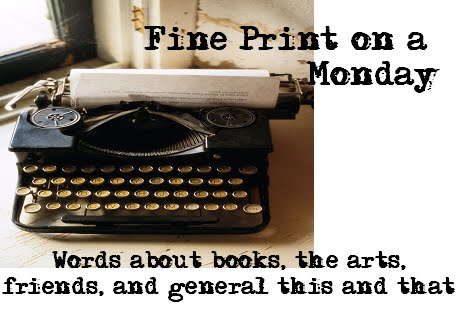What do you do when you get the same book from two people in a 24 hour period? It is some kind of sign? Or could it be a curse? Should the book be read or avoided?
I don’t know about you but I was unable to resist. The first person raved about the first chapter. I read the first chapter and was struck more by the opening sentence than the entire chapter. “Accidents ambush the unsuspecting, often violently, just like love.” I could have let the first chapter stand alone, an open ended mystery. And then the mailman brought the second copy, the sender not giving a reason.
And what is the title of this book? The Gargoyle, by Andrew Davidson, a first (published) novel. The first person narrative opens with an auto accident that finds a trapped main character, upside down in a burning car that rolls further down the ravine into a creek, putting out the fire, and saving his life. This chapter is filled with detailed descriptions of burning flesh and begins the novel-long description of burn patient treatment and recovery. Some may find this chapter very intense and the urge to put the book down will be similar to the inclination to ‘look away’ when seeing a burn victim. Work through it, the effort yields reward.
By the end of the second chapter we’ve learned more about the treatment of severe burns and narrator’s personal history started in chapter one. We also discover our main character has no desire to keep on living and has planned a detailed suicide that makes the description ‘redundant’ sound pedestrian.
Chapter three is when Marianne Engel enters the story and starts us down the path of this love story that spans centuries. Marianne befriends the charred narrator and subsequently shares a number of stories of love with a common theme of sacrifice. She also measures out the details of her own history and reveals in segments the key moments of their love affair starting in medieval
The other element of this novel that deserves mention is Dante Alighieri’s “Divine Comedy”, and specifically the ‘Inferno’ section, which weaves in and out of the story. But you really do not need to have read this work to appreciate the role it plays. Although even a little knowledge can help.
If you have the discipline to read a chapter a day this book will take a month to read. I found the story too compelling to limit my intake to such small bites. History, religion, literature, medieval culture, stone sculpting, revenge, betrayal, addiction, and more are all peripheral to this love story. Many chapters end with a cliff-hanger, keeping you turning page after page. Once again, this is primarily a story of love, not to be confused with a romance novel.
So why did two different women think this aging bachelor should read this book? Given the first person narrative it is difficult not to identify with the central character, if even momentarily. I hope never to know the experience of burns covering most of my body. But I do know the disappointments, regrets, indifference, and failure of will in relationships. So was there some message for me in this book? Yup, and there may be one for you as well.

No comments:
Post a Comment